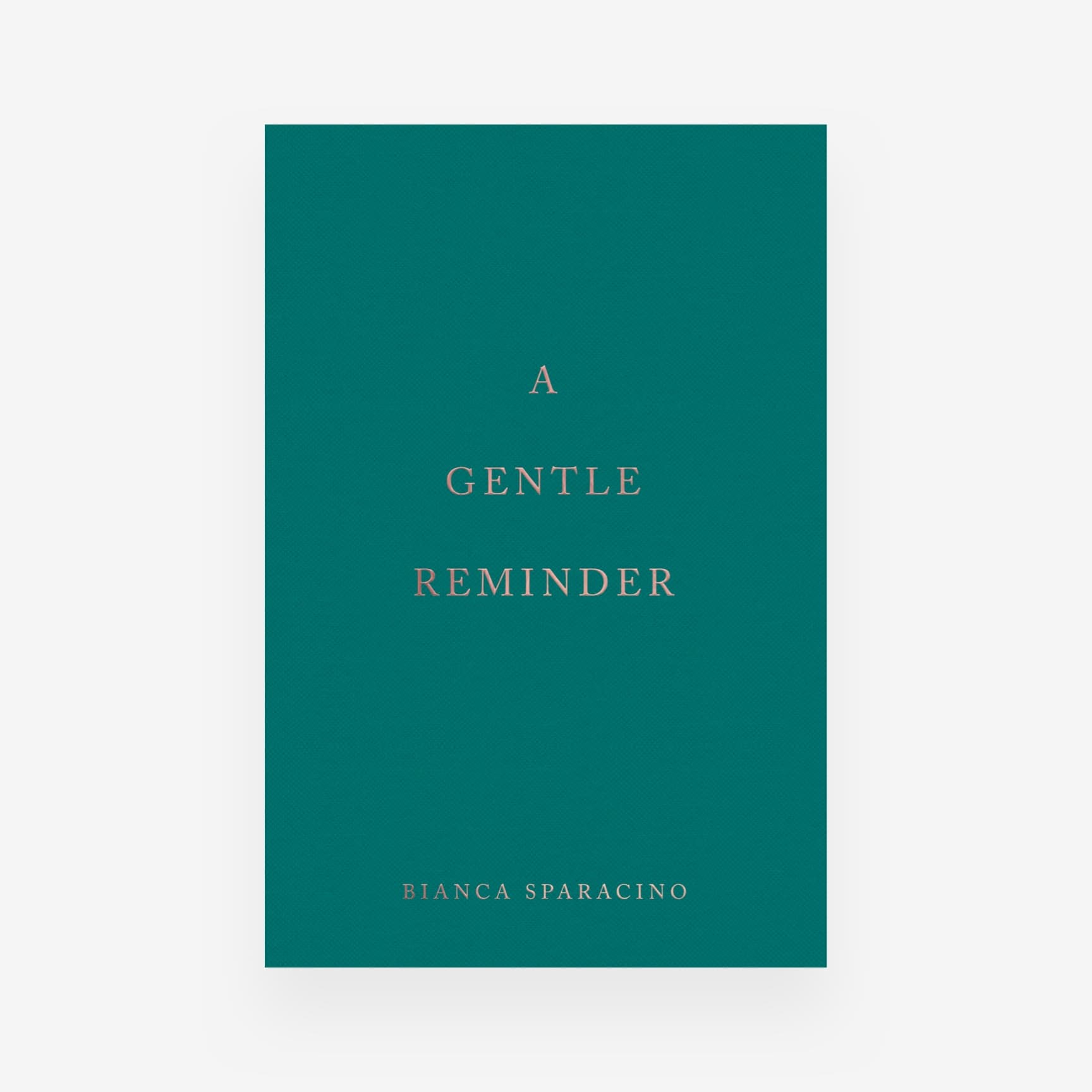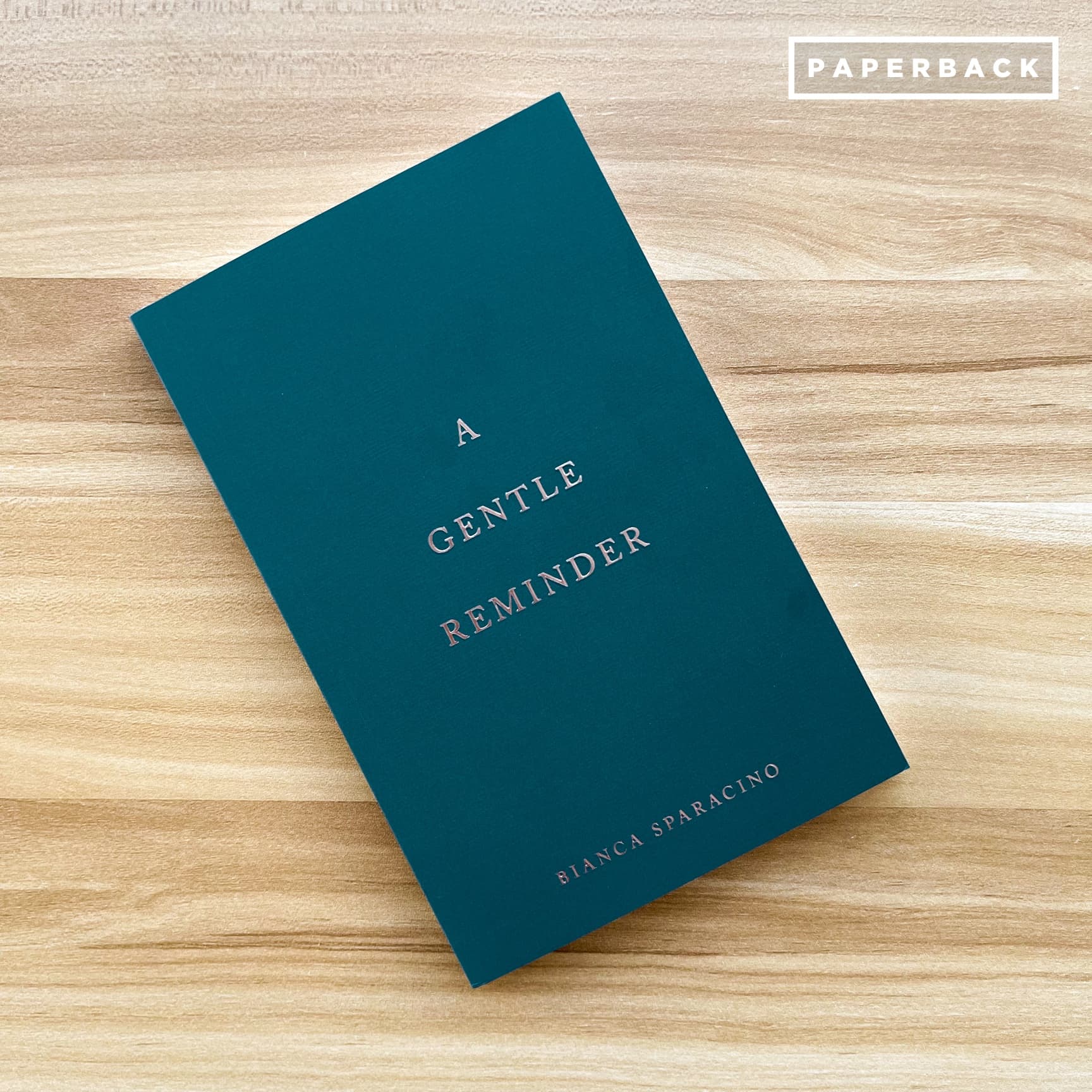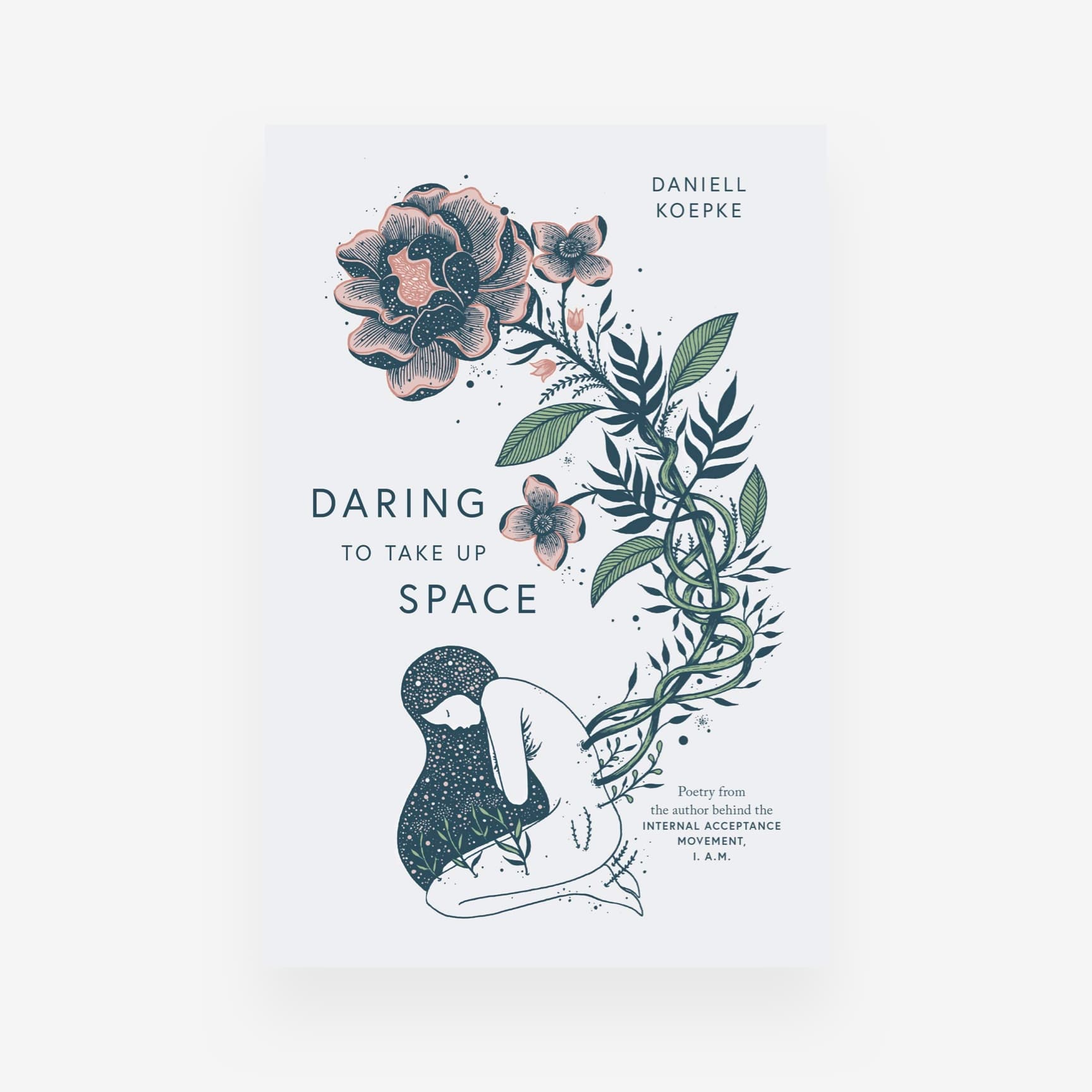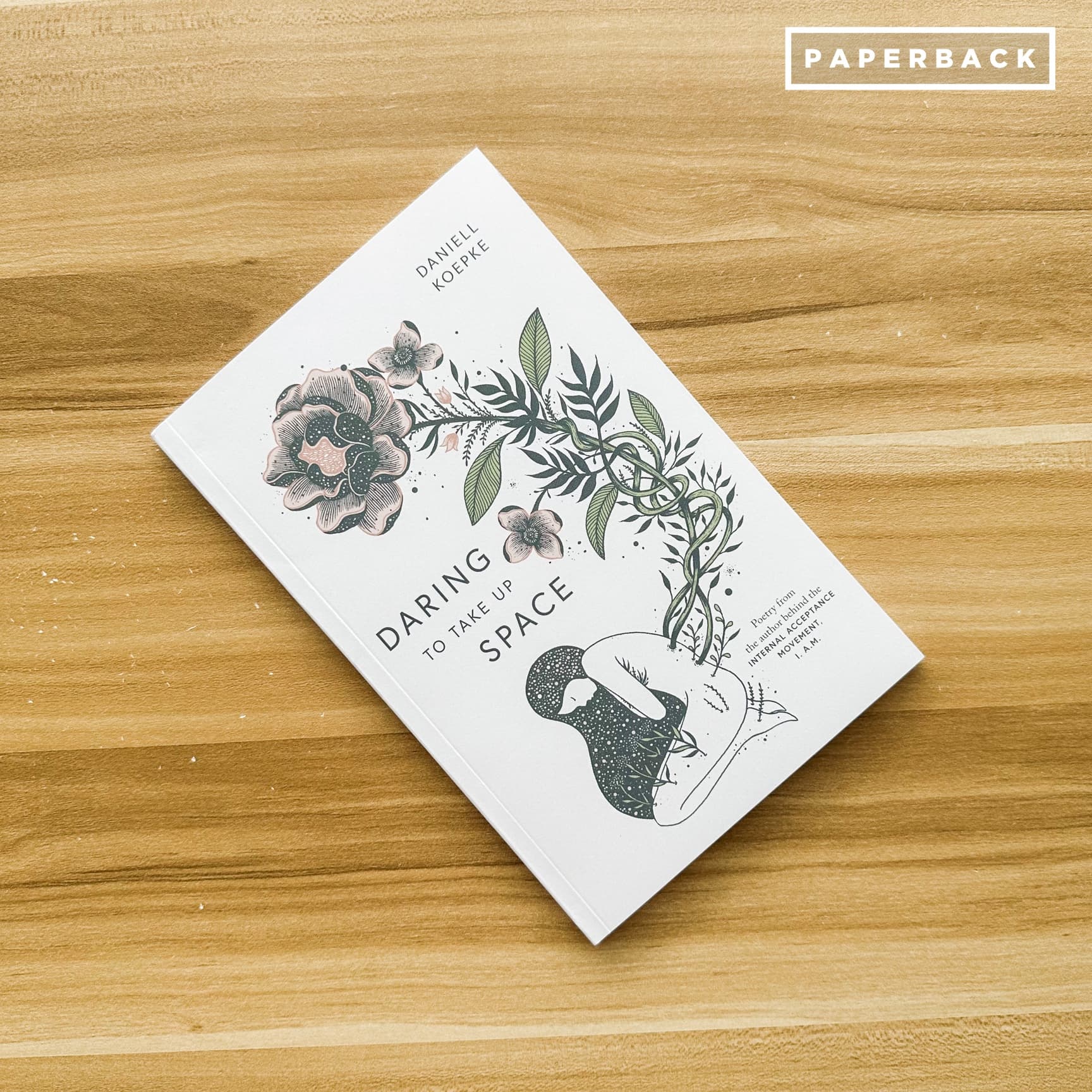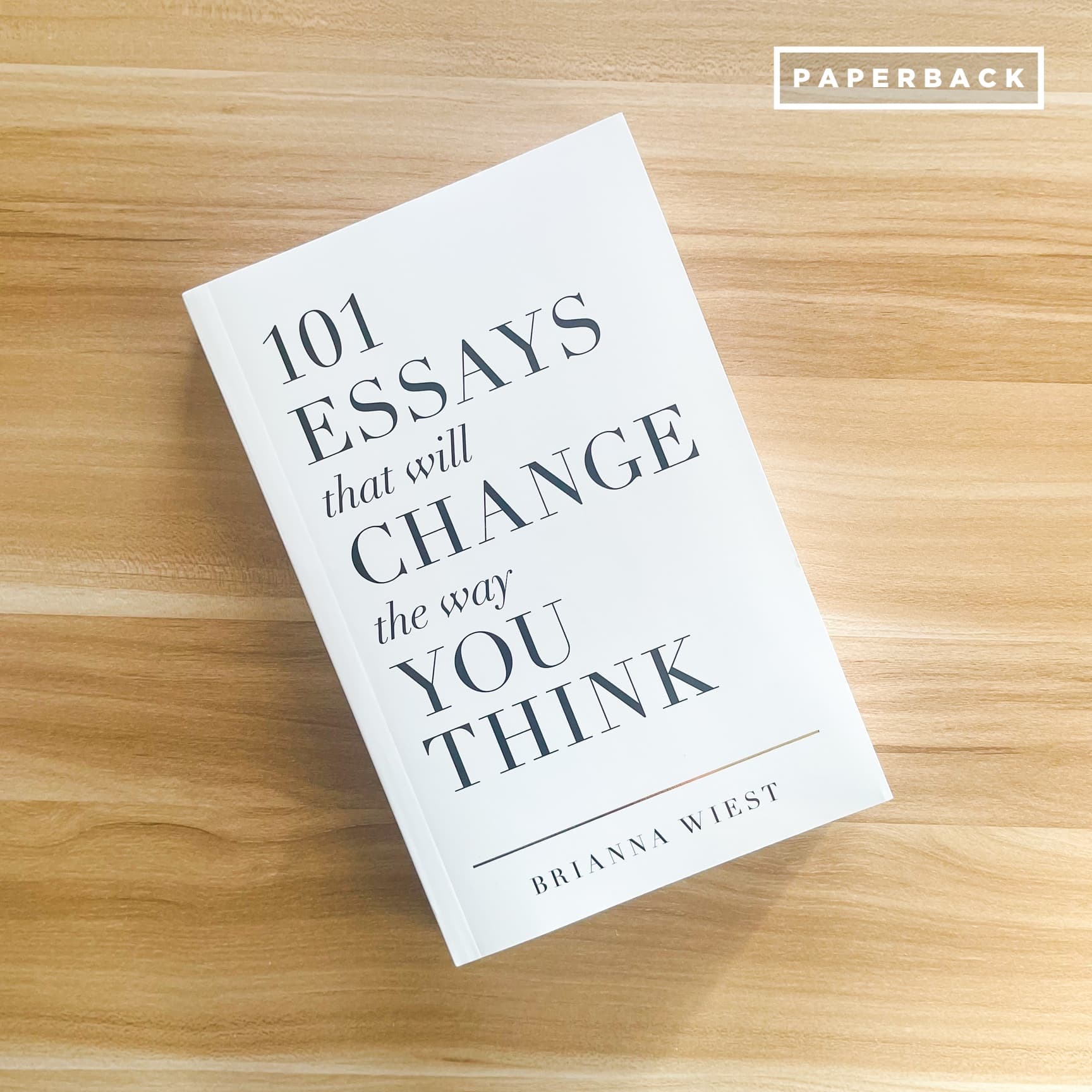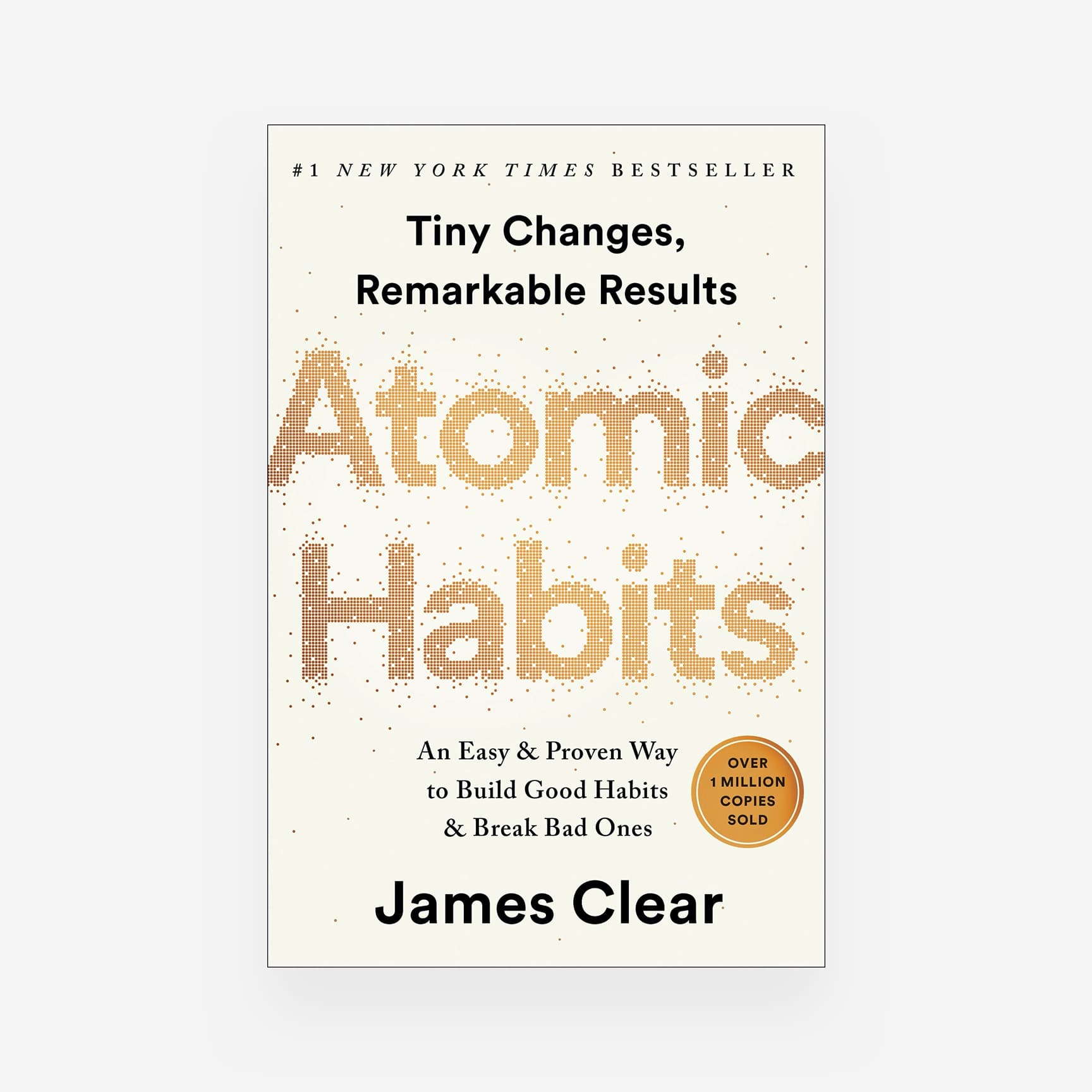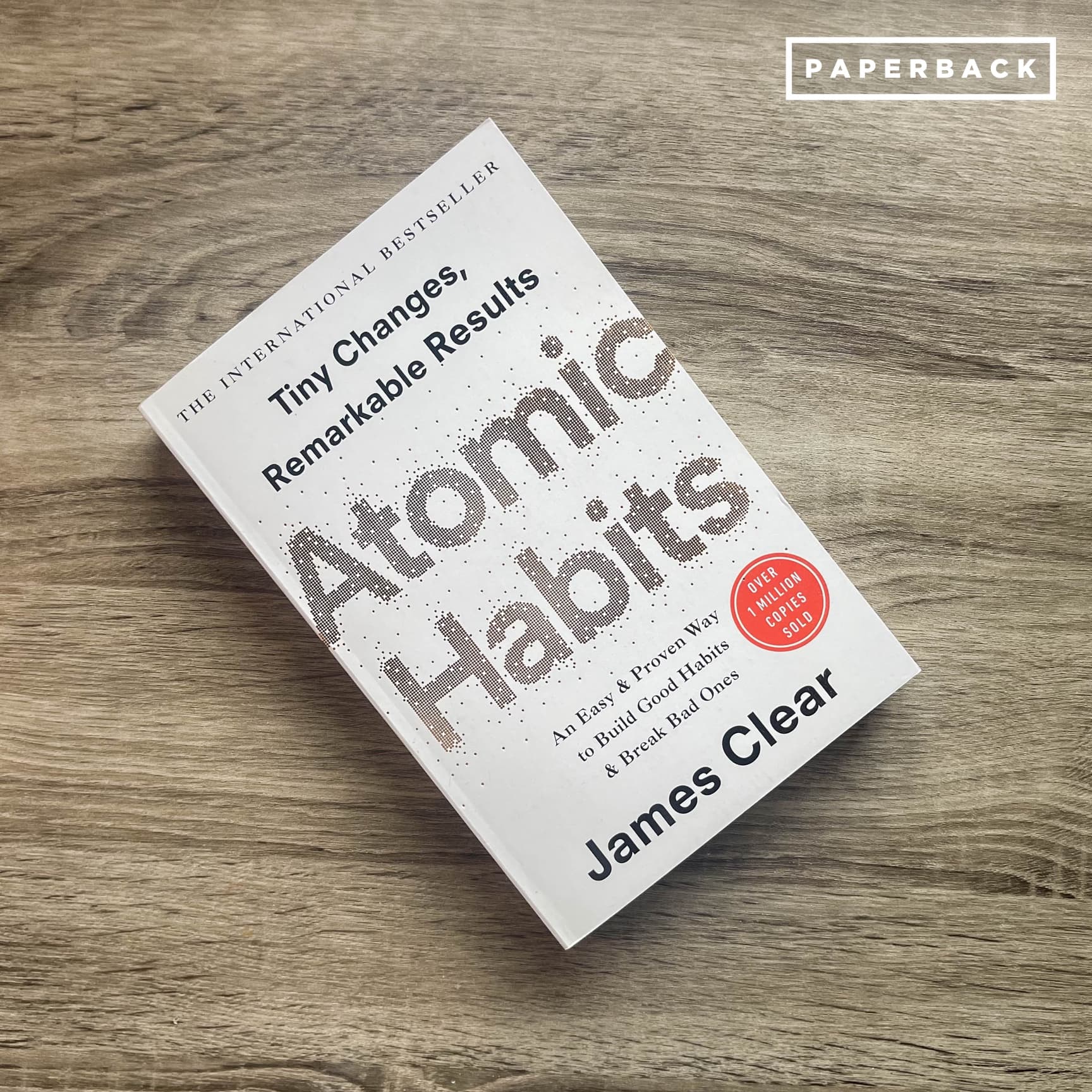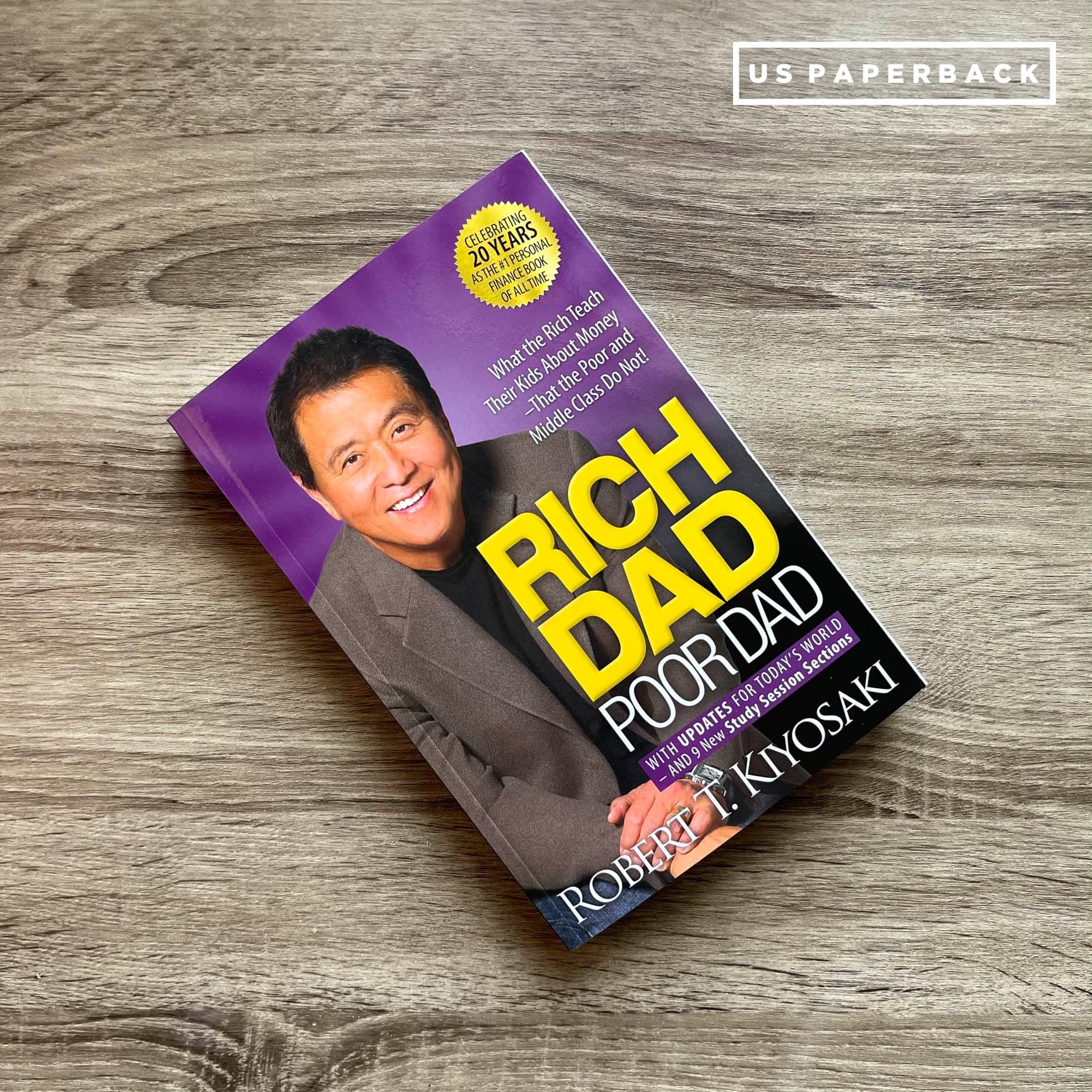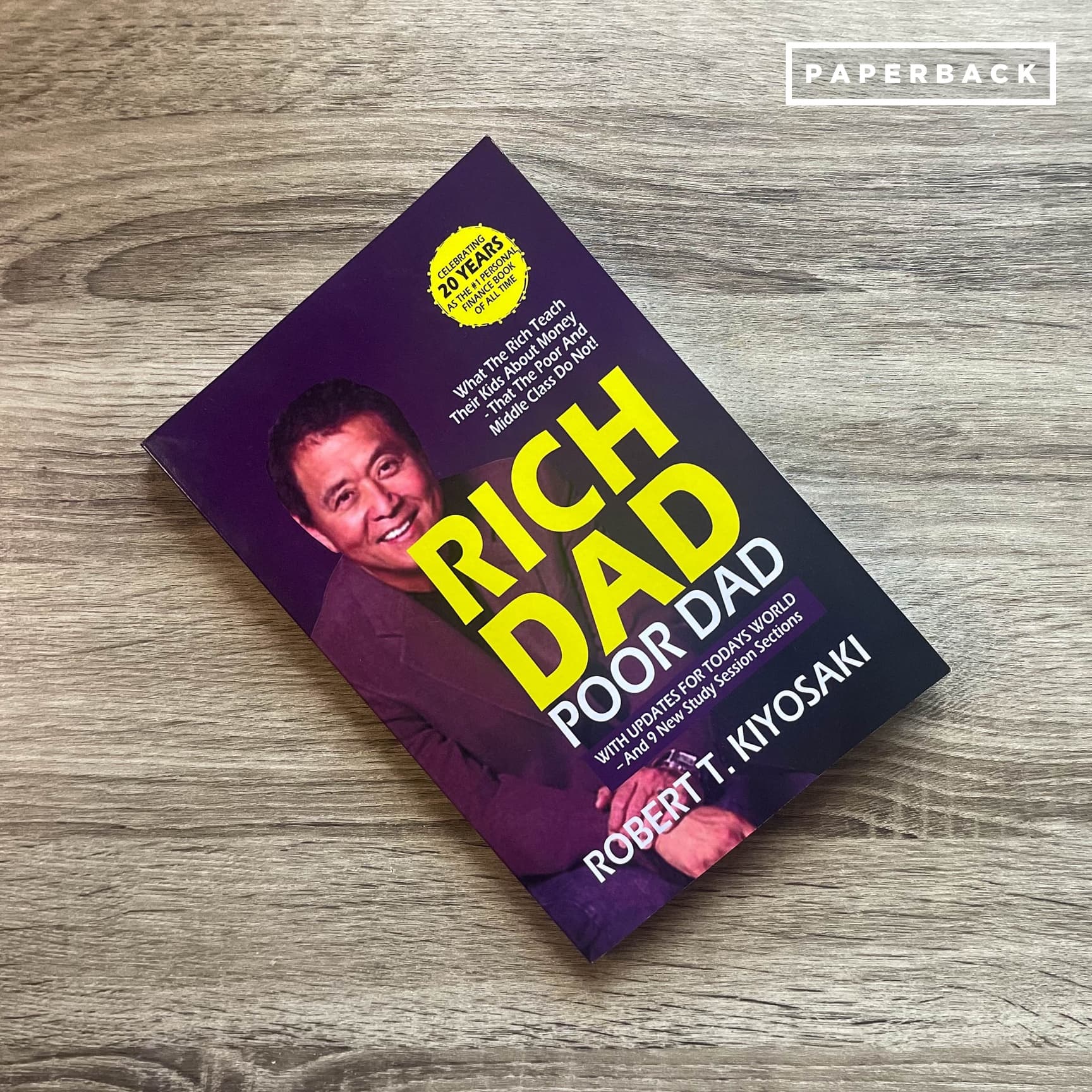So, you just finished reading a book, and now you’re bursting with thoughts about it. Writing a book review is a fantastic way to reflect on your reading and share your thoughts with others—whether it’s with fellow book lovers, for a blog or social media, or just to record your reflections. This is a critical analysis of a book that goes beyond summarizing. But where do you start?
In this guide, we’ll walk you through how to read a book actively, analyze its themes and styles, and write a review that’s easy to follow and packed with insights.
Step 1: Read the book with focus.

(Photo from the wires)
To write a meaningful review, you must fully engage with the book. This means more than just skimming the pages. As you read, take notes, highlight key passages, and even scribble down your thoughts in the margins (if it’s your book!) Look for themes, character development, and significant plot twists that catch your attention.
If time allows, a second reading can reveal new layers of meaning. You’ll notice things you missed the first time around. If reading a book more than once sounds like a chore, even a quick skim can refresh your memory and bring out themes you didn’t initially notice.
For contextual understanding, research the author’s background, the time period, or genre. This background information can provide valuable insights into the author’s intent and give you a richer perspective on why the book was written and what it’s trying to convey.
Step 2: Identify the book’s purpose and themes.
Books often have deeper meaning beyond the surface story. Your job is to uncover, for instance, what the author was aiming to achieve. Was the book a commentary on society, a love letter to nature, a moral lesson, or simply an escape into fantasy? Is it aiming to entertain, inform, or provoke thought?
Identify also the themes or core ideas that run throughout the book. Are there recurring ones like love, friendship, or resilience? How are these themes woven into the character’s journey or the overall plot?
Once you’ve identified the central themes and how they are presented throughout the narrative, look for supporting details. These are specific scenes, dialogues, quotes, events, or a character’s decision that illustrate how the themes are developed. These details help ground your review in evidence rather than just an opinion.
Step 3: Break down the book’s structure and analyze its style.
The structure and style of a book are just as important as its themes. It affects how the story is told and how the reader experiences it. Here’s what to focus on:
- Plot Structure: Does the book have a clear beginning, middle, or end? Are there any twists or turning points that stand out, or were there confusing jumps? Pay attention to how events are arranged, build their climax, and resolve themselves.
- Character Development: A well-written character feels like a real person, changing and growing throughout the story. This helps readers connect with the characters and understand their motivations. Evaluate how the author developed the characters. Are their actions believable? Do they show growth, are they complex with well-rounded personalities, or are they static?
- Narrative style: How the author writes matters as much as what they write. Analyze whether the language used was descriptive, poetic, straightforward, or simple. Consider the tone (serious, humorous, dramatic) and the narrative perspective (first-person, third-person). Does the writing style enhance the story, or does it distract?
Step 4: Evaluate the book’s strengths and weaknesses.
Now that you’ve analyzed the book’s structure and themes, it’s time to offer your critique. Here’s where you share your opinion—the good and the not-so-good.
For the book's positive aspects, highlight what you loved about it—the strengths. Perhaps the characters were compelling, the plot was engaging, or the themes were deep and thought-provoking. Be specific about what made these elements effective, such as mentioning scenes or characters that stood out to you.
Now, every book has room for improvement—it has weaker points. Be honest but fair. Maybe certain parts or characters were underdeveloped, or the pacing was too slow. Or some parts were confusing and did not make sense. Identifying weaknesses helps balance your review and provides constructive feedback that future readers and even the author can benefit from.
Finally, combine your thoughts into an overall evaluation. A well-rounded assessment considers both positive and negative aspects. Was the book enjoyable? Was it effective in achieving its purpose? Who would you recommend it to? Your balanced view will help readers decide whether to pick up the book or not.
Step 5: Write a clear, concise, and honest book review.

(Photo from the wires)
Now that you’ve done all the groundwork of evaluating and analyzing the key elements, it’s time to put it together into a review. Here’s a basic format you can follow:
- Introduction: Start by mentioning the book’s title, author, and genre. Then, give a brief overview of the book without giving away major spoilers.
- Summary: In one or two paragraphs, summarize the plot and key events in the book. Keep this concise by sticking to the main points and avoid revealing any twists or the ending.
- Analysis: This is the core of your review. Discuss the book’s themes, characters, plot structure, and narrative style. Use examples from the book to support your points and explain why these elements were effective (or not).
- Evaluation: Offer your personal judgment of the book. Share whether you liked it, what you found impressive, and where the book could have been better. You can also write about whether it lived up to your expectations or how it compared to other books in its genre. Feel free to include a rating if it adds value to your review.
- Conclusion: End by summarizing your key points and leaving readers with a final thought or recommendation. Should they read the book? Why or why not?
A Well-Written Book Review
Writing a book review helps you engage deeply with a text and provides valuable feedback for both readers and the literary community. Making one doesn’t have to be complicated; simply follow the steps above, and you’ll have all the tools to write a thoughtful and helpful review.
Book reviews are valuable tools for readers and authors alike. It contributes to the conversation about the book and helps others decide if a book is worth reading. Whether you loved or struggled with a book, your review can offer valuable insight. So, the next time you finish a book, why not give reviewing a try?
You may also want to read similar blogs:


